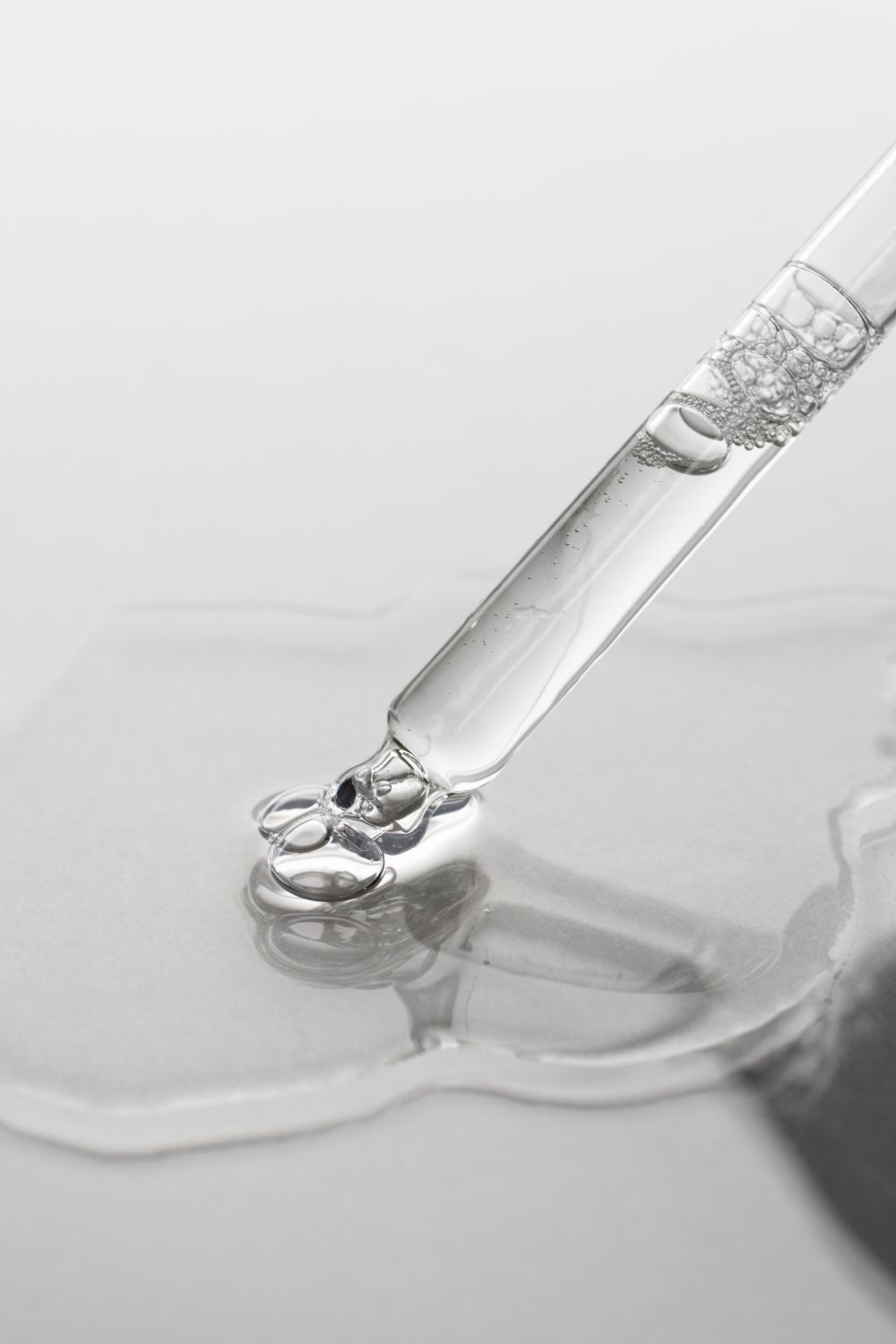RECOMMENDED AND TESTED BY DOCTORS - FREE DELIVERY IN MAINLAND FRANCE FOR ORDERS OVER €49
RECOMMENDED AND TESTED BY DOCTORS - FREE DELIVERY IN MAINLAND FRANCE FOR ORDERS OVER €49
CEBELINE

From 2001, Cebelia worked with Dr. Patricia Rousselle, a world-renowned specialist in the field of Laminins (LNs). For around twenty years, she has focused her research on the mechanisms involved in maintaining the cohesion of the epithelial basal laminae, choosing to use the model of the epidermis of human skin.
With her and her teams, we became interested in skin healing and more specifically in the role played by the Ln-5 protein in it. Indeed, at the heart of the dermo-epidermal junction, there are anchoring fibers, which allow it to resist stress. Among these fibers, Laminin 5 (Ln-5) is the major and irreplaceable adhesion protein of the epidermis. Ln-5 plays a structural role and helps maintain skin cohesion. In addition, it carries biological signals, determining for the adhesion and migration of keratinocytes.
The aim of the study was to isolate the active fragment of Ln-5. The methodology consists of synthesizing peptide fragments of particular interest with regard to adhesion properties. Thus, several peptides were prepared by choosing the sequences in different areas in order to identify the most active ones. They thus identified the Cebeline peptide, a sequence present on the gamma 2 arm of Ln-5, which specifically induces the adhesion of epidermal keratinocytes and other epithelial cells, in a dose-dependent manner.
The Cebeline peptide has several characteristics which allow it to cross the epidermis, reach the dermo-epidermal junction, interact with basal keratinocytes and transmit adhesion induction signals: a low molecular weight, a small size and good stability.
This peptide increases the adhesion of cells to the extracellular matrix but also the adhesion of cells to each other.
Studies also demonstrate that this peptide plays a bio-signaling role during keratinocyte migration. The latter are cells present in the epidermis which are born at the level of the basal lamina and contain a nucleus which they lose when migrating towards the surface of the epidermis to become dead cells. This is cellular renewal. Cebeline thus influences this mechanism which is essential in the healing process and in skin aging.
We tested its activity on keratinocyte migration by carrying out a test based on the classic wound assay or scratch assay model, consisting of creating a wound with a pipette tip in a confluent layer of primary human keratinocytes.
The cells were then allowed to fill the gap in culture medium with or without 20 µg/ml peptide and were filmed under a video microscope for 48 hours.
As you can see from this movie, wound closure was more effective in the presence of the peptide and this histogram shows you the dose-response effect at 24 and 48 hours. A proliferation assay revealed that the peptide did not increase keratinocyte proliferation, strongly suggesting that the effect observed with the peptide is the result of an enhanced migration process.
IN SHORT :
A fragment of LN-5, the patented CEBELINE® active ingredient restores its native or deficient counterpart by playing a role:
1- MECHANICAL by reinforcing the structure of the dermo-epidermal junction (DEJ) promoting better epidermis/dermis ANCHORING which allows better exchanges essential for tissue healing.
2- ORGANIC by promoting cellular ADHESION and MIGRATION for better regeneration of the epidermis
This patented active ingredient is at the origin of the formulation of our best-seller “Baume L.C.E.” », and has become the main active ingredient at the heart of the formulas of a whole range of restorative and anti-aging treatments.

WE RECOMMEND YOU